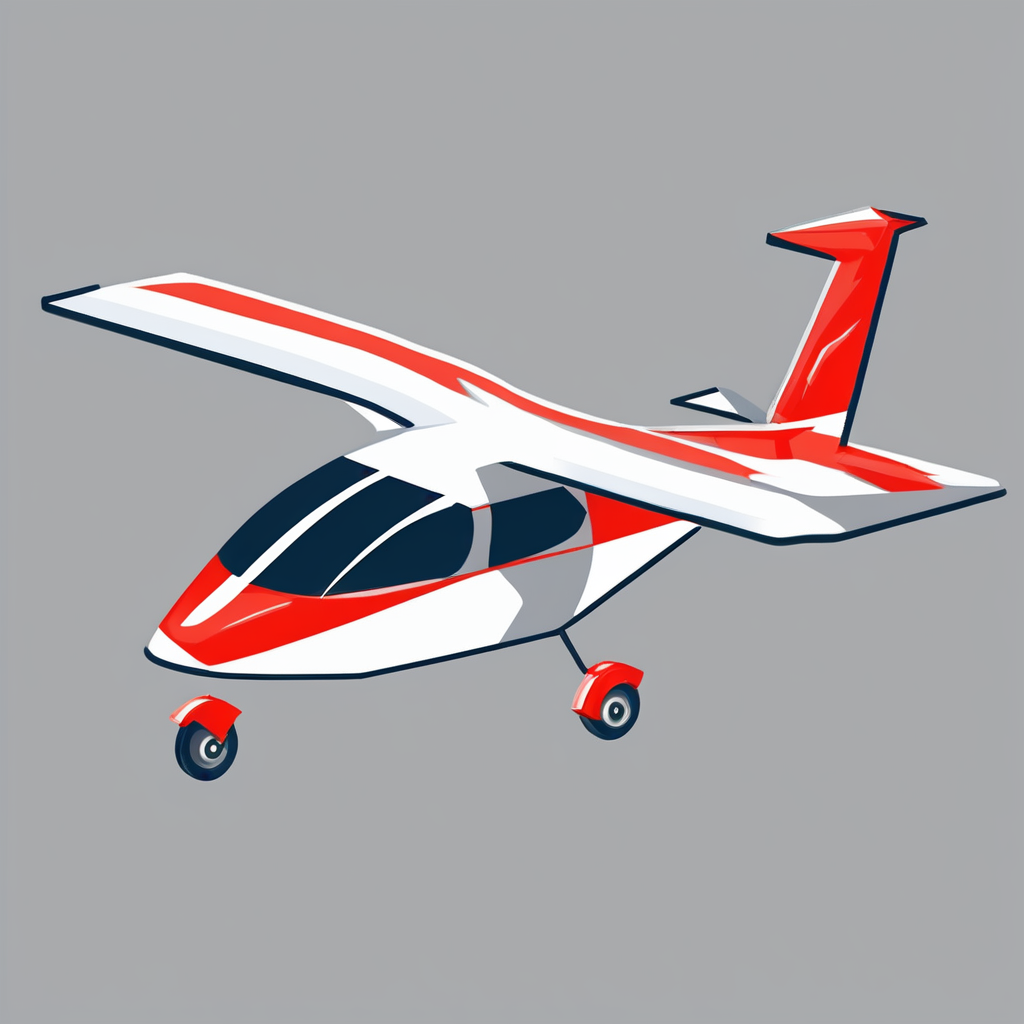Software Defined Vehicle (SDV) technology is transforming automotive simulation by integrating software-driven features that enhance design, testing, and functionality. This shift enables more flexible, efficient development cycles and realistic virtual environments. Understanding SDV’s impact uncovers how the automotive industry adapts to evolving digital demands, setting new standards for innovation and vehicle performance.
Understanding SDV: Definitions and Contexts
<https://www.avsimulation.com/en/> provides insights into the term SDV, which varies across industries. In the automotive realm, SDV primarily refers to Software Defined Vehicle, a technological approach that centralizes vehicle control via software. This method enhances functionality, scalability, and updates—critical factors for autonomous driving and ADAS.
Understanding SDV’s dual meaning helps clarify discussions about innovation. For example, in military terms, SDV also stands for SEAL Delivery Vehicle, used by Navy SEALs for covert missions, with capabilities like self-propulsion and underwater navigation.
Focusing on automotive SDV clarifies its role in future mobility—favoring over-the-air updates, sensor fusion, and cybersecurity protocols. Recognizing these distinct contexts prevents misinterpretations and sharpens strategic decisions in development and deployment.
Exploring further, https://www.avsimulation.com/en/ offers a comprehensive page detailing their automotive simulation solutions, pivotal for testing SDV systems effectively.
The Role of SDV in Automotive Technology
Core Components of SDV Architecture
Software-defined vehicle technology drives innovation by separating hardware from software, which allows rapid updates and flexibility. Through SDV system architecture, manufacturers integrate components such as SDV operating systems, SDV sensor fusion techniques, and modular control units. This flexible approach enables seamless adaptation across models and segments, giving rise to new connected features and advanced automation.
Integration of SDV Development Platforms and Operating Systems
A robust SDV architecture relies on specialized SDV development platforms and scalable SDV operating systems. These platforms streamline process standardization, code reuse, and maintenance, ensuring efficient deployment for both electric and autonomous vehicles. The use of over-the-air updates for SDV accelerates the rollout of improvements in safety, performance, and user experience.
Security Measures and Cybersecurity in SDV Systems
SDV cybersecurity features are embedded at every layer of the system. Techniques include continuous monitoring, encrypted communications, and multi-factor authentication, protecting against unauthorized access and data breaches. Advanced SDV safety protocols and SDV sensor fusion techniques further enhance operational safety, ensuring compliance and reliability in evolving digital mobility landscapes.
Applications and Advancements of SDV in Automotive Industry
Enhancing Autonomous Driving Capabilities
Autonomous driving with SDV requires a new ecosystem, powered by advanced SDV simulation tools and robust SDV system architecture. Leading solutions like those from AVSimulation harness SDV digital twins for safe virtual development and validation, significantly reducing real-world risks. SDV data analytics and processing allow rapid evaluation of sensor performance, scenario coverage, and system limits, vital for Level 3 and higher automation. As SDV sensor networks fuse data from radar, lidar, and cameras, reliability grows, reducing accident potential and responding swiftly to changing environments.
Connectivity and Cloud Integration for SDV
SDV connectivity solutions underpin vehicle-to-everything communication, enabling seamless interaction between vehicles, infrastructure, and the cloud. With ongoing SDV cloud integration, vehicles receive updates and new functions remotely—addressing over-the-air software deployment challenges and supporting dynamic feature enablement. Through SDV simulation tools, testing and validation of connectivity protocols ensure cybersecurity and operational reliability in connected cars.
The Role of SDV in Smart Mobility and Future Transportation
SDV in smart mobility transforms fleet management and urban traffic control. Enabled by SDV data analytics and processing, mobility services adjust routes in real-time, while SDV energy efficiency improvements help meet sustainability goals. These innovations position SDV as a foundation for a safer, greener transportation landscape.
The Foundation of Software-Defined Vehicle Technology in Automotive Simulation
Software-defined vehicle technology enables rapid innovation in the automotive sector by digitalizing core vehicle functions. Relying on layered SDV system architecture, modern vehicles gain flexibility and are easier to maintain and upgrade. This architecture separates key domains, such as SDV operating systems and embedded controls, streamlining software updates and improvements throughout a car’s lifetime.
With the rise of automotive simulation in SDV development, manufacturers can test new functions before deploying them on real roads. Virtual environments reflect real-world complexity, letting developers adjust features within the SDV system architecture without risk. This approach dramatically accelerates testing cycles.
Another critical benefit arises from widespread SDV operating systems: they allow centralized control over vehicle resources and security, helping ensure regulatory compliance. Simulation models validate system resilience against cyber threats, supporting robust software-defined vehicle technology for connected vehicles.
The interplay between software-defined vehicle technology, advanced automotive simulation in SDV, and scalable system architectures enables safer, smarter, and more personalized mobility solutions for future transportation. Continuous integration keeps SDV operating systems adaptable to changing user needs and technological advances.


